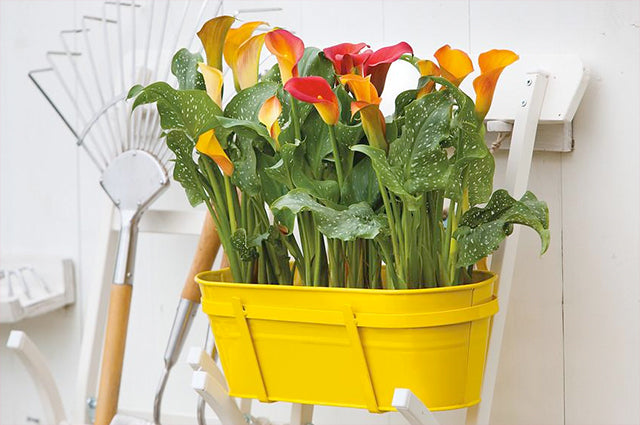
Growing Callas for Pots vs Calla Cut Flower Production
Callas are versatile and can be used for both potted color production and cut flower production. However, there are several differences in how they would be selected and grown depending on the ultimate market you are pitching for. We take a closer look at the world of commercial Calla (Zantedeschia) production.

Calla Types
Calla types are classified based on their parentage and temperature preferences. The deciduous types were bred from deciduous species such as Zantedeschia elliottana, Z. albomaculata, Z. pentlandii and Z. rhemannii. These are the typically brightly coloured varieties most growers think of as Callas, and they are warm-season plants. They are suited to both pot and cut flower production.

Zantedeschia aetiopica is a cool-season calla species with tall stems and large, white or green spathes. It is good for cut flower production, but a little awkward for pot plant production owing to its size. However, when using larger containers (10” or greater), they can make attractive pot plants too.
Calla Cultivar Selection
As with almost any group of plants with many cultivars, breeding callas has been directed with end-use in mind. Hence, there are calla cultivars best suited for pot plant production, while others are focused on characteristics that would be the most appealing to a cut-flower producer.

Apart from the many variations in colour of Callas, factors taken into account by plant breeders include:
- Plant height. Compact calla varieties are better for pot plant production;
- Number of spathes. This must be offset against other factors such as spathe size;
- Spathe size. Although some of the smaller spathed calla varieties can make pretty cut flowers, the larger callas are generally considered to be more desirable for cut flower production;
- Ease of culture. Disease resistance is particularly important;
- Ability to force. Of importance in both sectors;
- Stem Strength. Again, important in both sectors for handling and durability.
Calla Bulbs Growing Protocols
Given the amount of genetic variation in Callas, bulb growers will generally provide growing protocols per cultivar or group of cultivars. The effects of photoperiod, light intensity and temperatures are quite variable. However, a few generalizations can be made.

For example, ambient light versus 55% shade does not seem to influence the number of spathes produced, but as soon as the shade is increased beyond 67%, the number of spathes will be reduced. In addition, shading produces longer flower stems as does photoperiod interruption. Light intensities from 2,500 to 5,000 fc are suited for calla production in general with hotter temperatures indicating a need for light intensities towards the lower end of the range.

Forcing is possible at soil temperatures of 13 °C (55 °F). Air temperatures should be a minimum of 15 °C, with plants flowering sooner at air temperatures of 21 °C (70 °F). However, there are variations depending on the parentage of the cultivars.
Without exception, Callas require free-draining soil with a slightly acidic pH and should be fed sparingly.

We are here to advise you on Calla Bulbs and Callas
If you are considering exploring the potentially lucrative niche of calla pot plant or cut flower production, Farmer Gracy's specialist team can provide you with the precise information you need based on your production aims and system. Our links with the world’s most prominent Calla breeders ensure that you will receive precise growing protocols and the best Calla cultivar recommendations to match your needs. Contact us for more information on Calla Bulbs and Callas.





















































































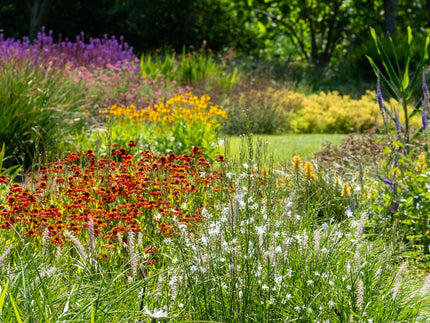
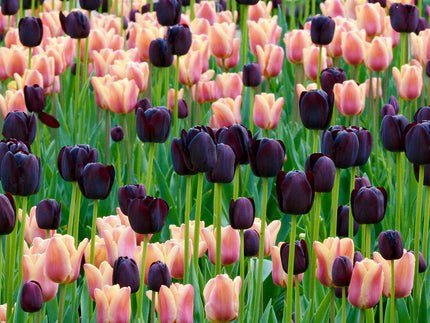
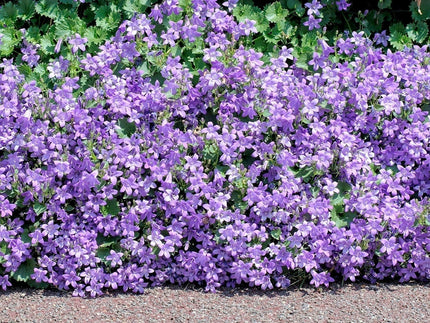
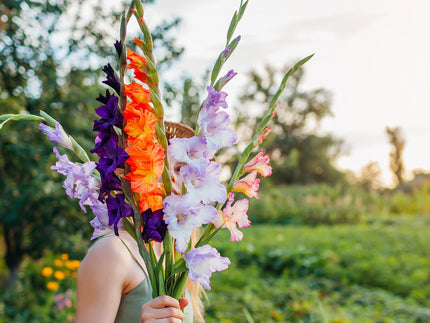
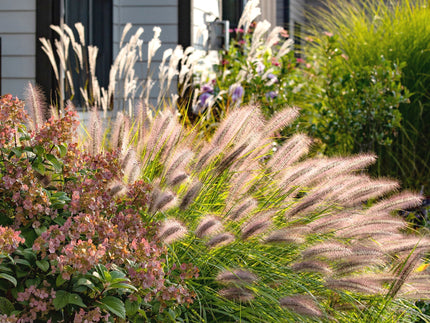
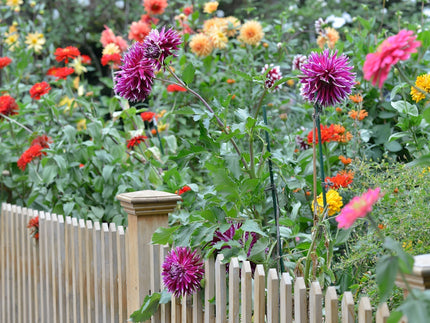
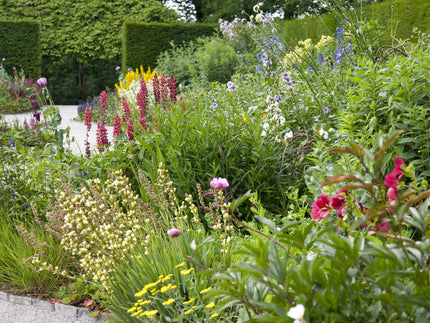
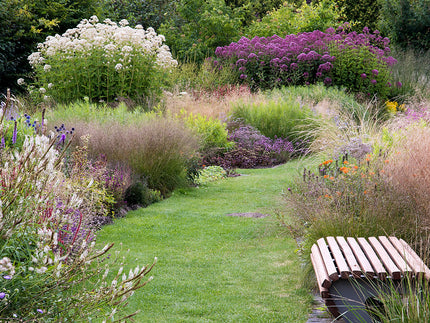
1 comment
I am looking to buy some calla giraffe bulbs to put in a pot. How many flowers does each bulb produce?
I am assuming that you send 50% of yellow bulbs and 50% black bulbs.